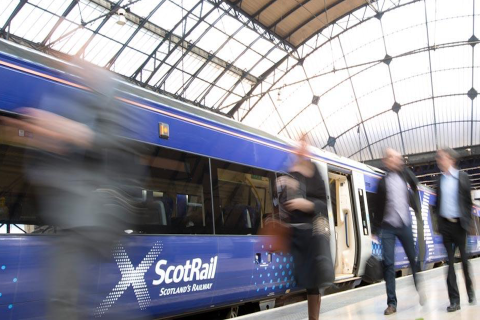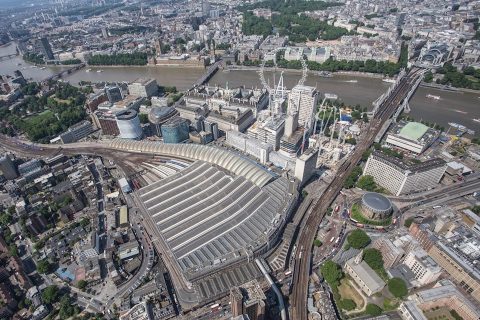Wales: new passenger fleet makes great leap forward

The Welsh fleet is not the oldest in the UK, but certainly not the youngest. That, however, is all set for radical change, as part of the far-reaching renewal programme. Under the direct control of the devolved Welsh government, and administered by their agency, Transport for Wales, the passenger rail fleet across Wales and the borderlands with England has begun a leap into the position of the most advanced in the UK.
Want to read more?
You have read all of your free premium articles for this month. Please become a subscriber to keep reading.
Subscribe now!
Take advantage of our exclusive offer to get full access to all premium content.




